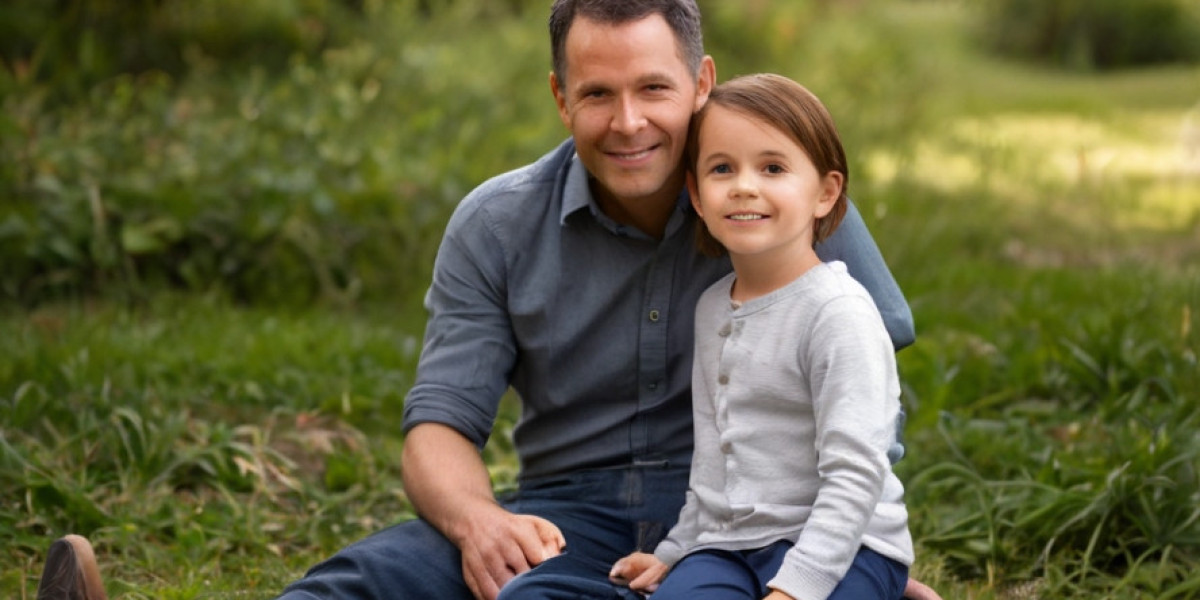Introduction
The modern landscape of parenting has evolved significantly over recent decades. In a society where dual-income households have become the norm, the demand for flexible childcare solutions is greater than ever. This case study will focus on an innovative concept gaining traction - drop-in daycare. By examining a drop-in daycare facility, this study will highlight the operational strategies, benefits for families, challenges faced, and the broader implications for childcare in contemporary society.
Background
Drop-in daycare services provide short-term childcare, allowing parents to leave their children for a few hours or a full day without the need for prior reservation. Unlike traditional daycare centers that typically require a long-term commitment, drop-in daycare offers a flexible and convenient solution for parents who may need occasional help or prefer not to enroll their children in a long-term program.
Case Study: Sunny Days Drop-In Daycare
Location and Overview
Sunny Days Drop-In Daycare, located in a bustling suburb of a major city, was established in 2020 by a husband-and-wife duo, Sarah and Tom. Both had experience in early childhood education and recognized the pressures faced by modern parents. Sarah had been working in a conventional daycare setting and saw first-hand the benefits and restrictions of traditional childcare models.
Operational Strategies
- Flexible Hours:
- No Enrollment Fees:
- Safety and Licensing:
- Age-Appropriate Activities:
- Use of Technology:
Benefits for Families
- Convenience:
- Socialization:
- Positive Child Development:
- Relief for Parents:
Challenges Faced
- Staffing:
- Child behavior management (bbs.hk-taxi.com):
- Perception and Misunderstanding:
- Financial Viability:
Community Impact
Sunny Days has become an integral part of its community. It collaborates with local businesses to offer workshops and educational programs that benefit families, including parenting classes, nutrition workshops, and health seminars. Such initiatives foster community relationships and create an environment of support for parents.
Furthermore, Sunny Days employs local educators and childcare professionals, which not only creates jobs but also ensures the hiring of individuals who resonate with the mission and cultural context of the area. This strategy enhances community investment and facilitates a supportive environment for families.
Case Results and Feedback
After two years of operation, the results have been encouraging. Feedback from parents highlights a 90% satisfaction rate, with many attributing improved work-life balance and reduced stress to the flexibility offered by Sunny Days. Surveys indicate that children enjoy their visits and often express excitement about returning.
Conclusion: The Future of Drop-In Daycare
Drop-in daycare represents a responsive approach to the evolving needs of families. Sunny Days Drop-In Daycare has effectively balanced safety, education, and convenience, creating a successful business model that addresses prevalent concerns voiced by working parents.
As more families lean towards flexible childcare options, it becomes essential for potential operators to focus on their unique value propositions. By emphasizing safety, trained staff, and community engagement, aspiring drop-in daycare owners can successfully participate in this growing market.
In conclusion, the success of Sunny Days can inspire current and future childcare professionals to consider innovative solutions that respond to the societal changes influencing family dynamics today. The model of drop-in daycare not only offers immediate benefits for parents but also paves the way for ongoing discussions about quality, accessibility, and the future of childcare within communities.






